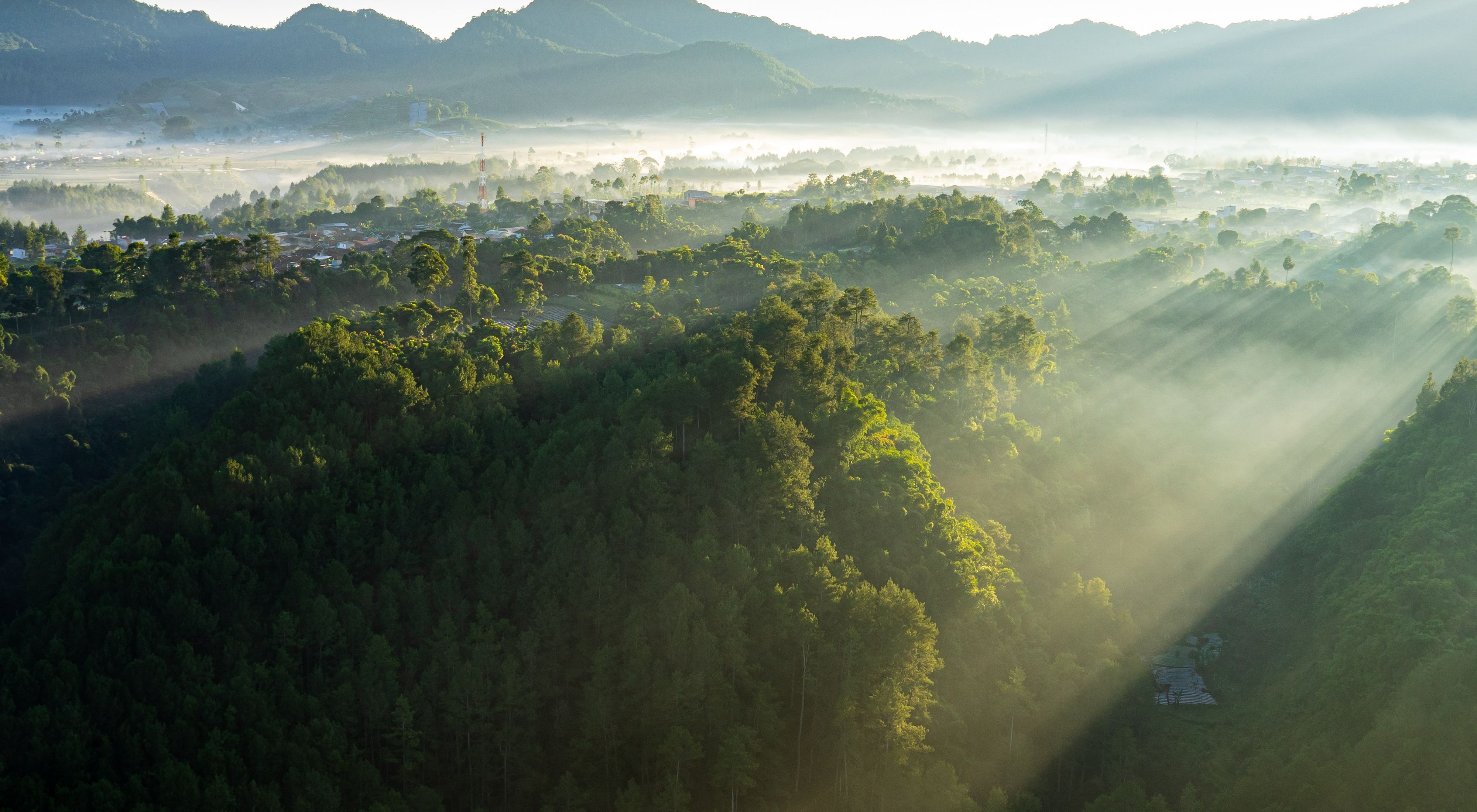Media Contacts
-
Global Media
Email: media@tnc.org
Last week it was announced that Indonesia received an advance payment of $20.9 million USD for reducing emissions from deforestation and forest degradation in East Kalimantan. The funding was made possible under an Emissions Reduction Payment Agreement between the Government of Indonesia and the World Bank’s Forest Carbon Partnership Facility (FCPF). It is expected that Ghana will be the next country to receive support under the program. The Nature Conservancy helped develop the FCPF with the World Bank and launched the program in 2007. Commenting on the announcement, John Verdieck, TNC’s director of international climate policy, and Herlina Hartanto, executive director, YKAN, said:
“This is a down-payment toward Indonesia meeting its deforestation and land degradation goals. As the first country in the East Asia Pacific region to receive funding through the FCPF, Indonesia is showing true leadership on the global stage. Joining Costa Rica and Mozambique as the first three countries under FCPF to receive payments, these countries are proving that jurisdictional REDD+ programs work to protect forests, meet emission reduction targets, and address the effect of climate change on communities,” said Verdieck.
“Since 2015, YKAN has been working closely with the national, provincial, and district governments, as well as related partners in designing and implementing the FCPF in East Kalimantan. To empower community who are on the front lines of climate actions, together with governments and other partners, we have been supporting villages to achieve their economic and conservation goals through green development and livelihoods that sustain—rather than deplete—their forests. We also supported them in strengthening their rights over forests. To date, 106 local village and community groups are managing around 225,000 hectares of forests as community forest areas,” said Hartanto.
BACKGROUND
What is the Forest Carbon Partnership Facility (FCPF)?
The FCPF is a global partnership between governments, businesses, nonprofit organizations, and indigenous people working on ways to reduce deforestation and degradation, and increase sustainable forest management in developing countries. These activities are commonly referred to as REDD+.
The FCPF works with 47 developing countries across Africa, Asia, and Latin America and the Caribbean, along with 17 financial contributors that have made contributions and commitments totaling $1.3 billion. The FCPF supports REDD+ efforts through its Readiness and Carbon Funds:
- The FCPF Readiness Fund helps countries set up the building blocks to implement REDD+. This includes designing national REDD+ strategies, developing reference emission levels, designing measurement, reporting, and verification systems and setting up national REDD+ management arrangements, including proper environmental and social safeguards.
Current funding: $400 million
- The FCPF Carbon Fund pilots results-based payments to countries that have advanced through REDD+ readiness and implementation and have achieved verifiable emission reductions in their forest and broader land-use sectors.
Current funding: $900 million
The Nature Conservancy is a global conservation organization dedicated to conserving the lands and waters on which all life depends. Guided by science, we create innovative, on-the-ground solutions to our world’s toughest challenges so that nature and people can thrive together. We are tackling climate change, conserving lands, waters and oceans at an unprecedented scale, providing food and water sustainably and helping make cities more sustainable. The Nature Conservancy is working to make a lasting difference around the world in 77 countries and territories (41 by direct conservation impact and 36 through partners) through a collaborative approach that engages local communities, governments, the private sector, and other partners. To learn more, visit nature.org or follow @nature_press on X.
